 Sámegillii
Sámegillii  På norsk
På norsk
Articles about Sami school history
Part 24 - printed in Ávvir 21.01.2012
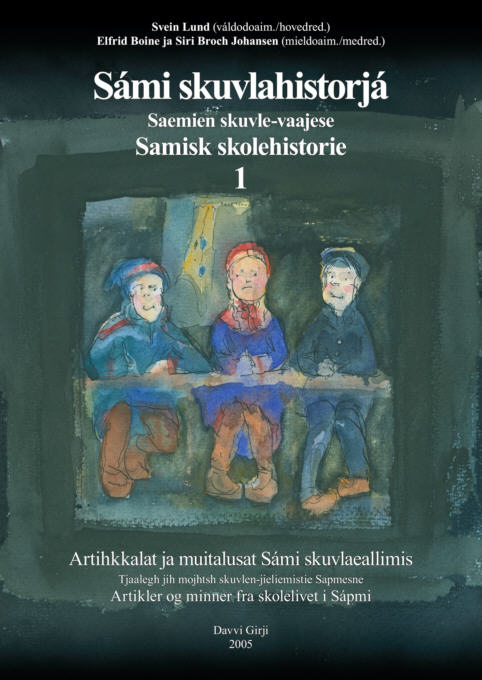 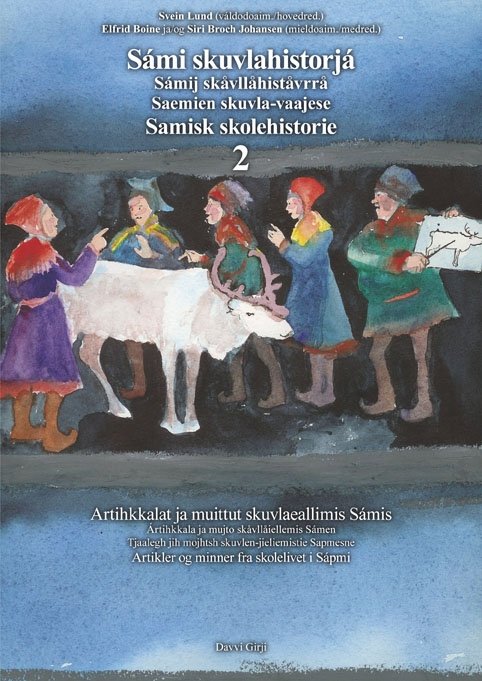 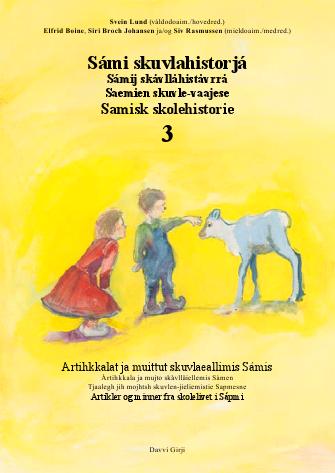 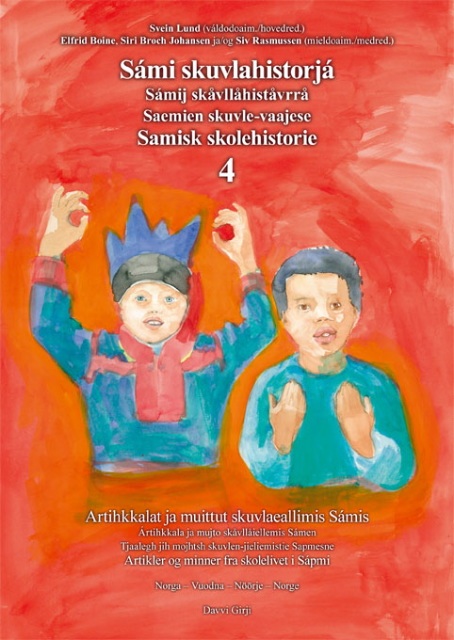 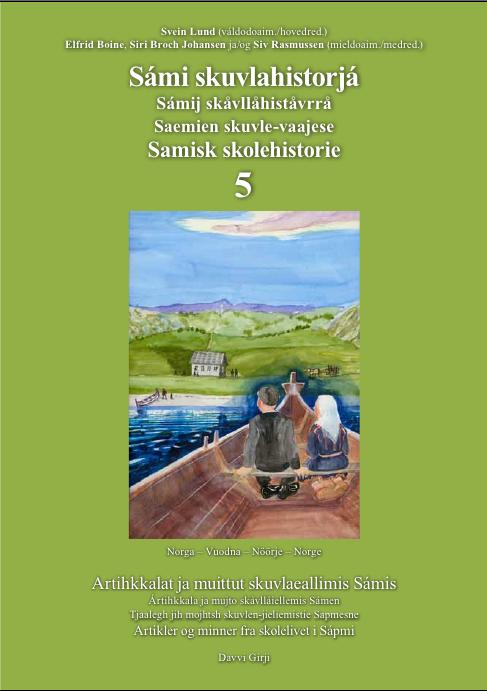
Do you know Sami school history?Sámi skuvlahistorjá / Samisk skolehistorie (Sami School History) is a series of books published by the publishing house Davvi Girji. In about 200 articles in 5 volumes there is told about the experiences of Sami children in Norwegian schools, and about the changes in the educational politics of the Norwegian authorities towards the Sami population. The books are published with parallell text in Sami and Norwegian language.In this web site some of the articles of the first book are also published in English. It would be too much to translate it all, so to make this history available to a greater public, we are translating a series of newspaper articles, which sorted by topics make a summary of stories in the books. So far there are 28 articles published in Sami language by the Sami newspapers Min Áigi and Ávvir. They are also published here in Norwegian and the English version will be published gradually as they are translated. These articles are edited by the main editor, Svein Lund. Besides him the editing board of the book series consist of Elfrid Boine, Siri Broch Johansen and Siv Rasmussen. |
The protocols used, concern pupils in 4 village schools in the period 1914 -24. ...
The columns for comments have many remarks on absence due to lack of clothes, shoes and food. I include some of them to illustrate: «The omissions in the first week are due to lack of clothes, shoes and food». In this special case as much as 11 of 23 were absent due to lack of food or clothes. Nine pupils were not present at all in the first week of winter school. The next comment is concerning a single pupil in another school: «Nr. 16 N. N. has not been to school for 8 weeks. The cause is that his parents are living in great poverty and are not able to provide clothes and food for themselves and their family. Besides their house has been afflicted by a lot of illness.» Pupils being absent the entire school round, of 4 weeks, due to shortage of food or clothes was not unusual. ...
The teachers usually knew the conditions in the different homes well, as they themselves, and the school, was part of the local environment. They knew about the poverty and could not do anything but accept the lack of clothes and food as lawful reasons of absence. ...
It is difficult so say something exact about the causes of illnesses, because these are rarely specified in the protocols. ... In such cases teachers often refer to the medical certificates. We will have a look at two examples of such certificates: «Due to illness N. N.'s daughter R can not attend school this winter..» «Due to illness N. N.'s daughter L can not attend school this autumn.» We wonder what kind of illnesses these pupils have had since they had to be absent for such a long time. It could have been the eerie widespread descase, the tuberculosis. At that time it made great inroads into many families in Ballangen municipality, as it did in the rest of the country. ...
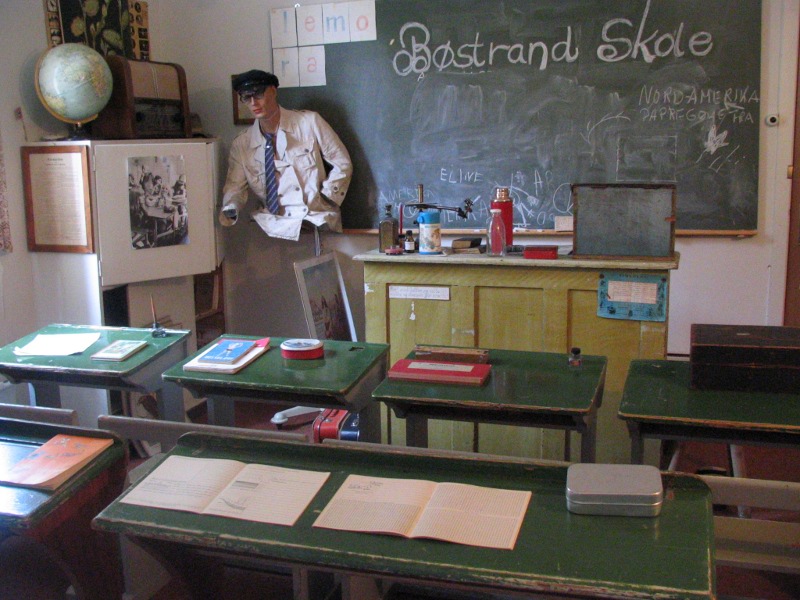 |
Old classroom from Ballangen exhibited in Ballangen museum (Photo: Svein Lund) |
Several places in the protocols it becomes evident that difficulties in communication was the cause of absence from school. As here: «in a sense there was no school the first week, as the conditions made it impossible to cross the rivers.» Or: «2., 3. and 4. of December there was no school, because the ice on Grundvandet (a lake) was so thin that it did not permit the teacher to send the school materials down from Sjaafjeld.» The teacher had to bring the school materials, which consisted of a chest of maps and books, from one school to another. ... It was not rare that pupils had absences because they had to work at home. They had to do odd jobs in the barn and house, or they had to help gather in the crops. During the potato harvest in autumn it was not unusual that a great number of pupils were absent. On one occasion as many as 8 of 13 pupils were not present at all during the first week. ...
There are without a doubt many causes of absence which are not expressed in a school protocol. School fatigue is for instance not mentioned. The school 80 years ago was to a greater extent a place where the children were supposed to keep still and pay attention. Memory and learning by heart was greatly emphasized. It was a school of books with an activity that was very different from the work that took place in the farms. The school time did not last long but it must have been tough while it lasted for most of the pupils. The schooling to them was to a great extent associated with constraint. In addition there was the way to and from school which to many children was extraordinary tiresome due to long and partly impassable distances through forests, over marshes and rivers. We should also remember that to ordinary people not much schooling was needed to manage in life. The way to higher education was closed for these people. To people born in poor circumstances there was only one possibility, namely to become manual workers. Therefore they could question what the purpose in attending school every day was. (SSH-5)
In olden times there was an arrangement with school inspectors, who among other things should watch that the children managed to get to school. When the teacher saw that a pupil did not come to school, he sent the school inspector to the parents' home to look into the case. He would then take along a form named «Warning list», which the teacher had completed with the name of the child and his guardians. The inspector should then complete the spaces «When warned and admonished», «Warned and admonished by who», «For whom the warning and admonition was directed» and «Reply of the guardians».
In Porsanger the inspectors were often of Sami or Kven language and they wrote down the parents' replies in the language it was said. Here we quote some of the answers which are written in Sami, to the question of why their children had not come to school:
Billefjord 1899: He/she thought they had been given time off from school.
Billefjord 1903: Ole and Magga were both at home, and I told them what you had written to me, and they replied that the girl goes to school if they send her, but if they do not wish to send her there, she will not come.
Billefjord, undated: Magga says she does not have the opportunity to send the girl to school because there is no time and no food and she does not have time to send food from their home to the school either.
Kistrand 1906: The reason is that there is shortage of food and the boy does not really want to go to school.
Kistrand 1906: The reason is that there are shortage of clothes and food and no spread for the bread.
Kistrand 1906: The reason is that there is no food, otherwise they would send the boy to school.
Some letters written by parents to the teachers have also been preserved. This letter dates from 1918, the last year from which documents from Kistrand municipal education committee's archives have been preserved.
Mister A. B. Arild
Kistrand
My son did not come to school 9th and 10th of January because it was very cold and he lacked clothes, it was not possible to travel to school, and the one who does not believe that shall go into the fire and then will see what becomes of him. I am blameless for those days, because I have given a notice before the school began, and asked that what the municipal education committee wished to pay per day, to give the boy clothes, I have waited for many weeks already, if it would be possible to get what the municipal education committee can pay. Now I really need to get it. This paper should be quoted in the municipal education committee.
Goradak the 15-1-18
Amund Aslaksen
Some of the oldest accounts of fining of parents are from P.L. Smith's book Kautokeino og Kautokeino-lappene (Kautokeino and the Kautokeino-Lapps): «In 1808 and 1809 there have been quite a lot of earnings from fines of parents, who have not taken their children to school.» Further from 1812: «...in addition as income are 6 rix-dollars in fines from 6 fathers, who despite of the instructions from the pulpit have neglected to send their children to the mandatory school.»
Half a century later it was not much better: «In order to set a warning example a prosperous Nomadic-Lapp, Aslak Nilsen Kvænangen, is fined 2 rix-dollars, as he both in 1853 and 1854 has evaded to take his children to school.» In 1860 as many as 35 were fined. ...
In 1901 the District Sheriff Pleym, who was member of the municipal education committee states «that he can not agree any longer to the fining for neglecting school, because the government has not accommodated a system that renders a general school attendance possible». At this time the ambulatory school had been closed, but without any satisfactory replacement, and there were not possibilities for accommodation for all the children in the church village. But in 1907 the boarding school was finished, and with that apparently the practice of fining parents was taken up again.
Early in the 1900's special protocols for entering «Fines for neglecting school» were printed. Such a protocol has been preserved from Kautokeino municipality. The fines from most of the years from 1913 to 1940/41 have been entered here, with the names of the absent pupils and names of «Parents or provider», which days have been neglected and how many krone that has to be paid as a fine. If the fine was not payed, the alternative was «Prison days» and alternative days in prison was entered into the protocol next to the amount of the fine.
In the year 1918 as many as 36 have been entered into the protocol in Kautokeino, it is the highest number that has been registered in a school year. About half of these have been absent «the entire school time». The fines vary from 5 to 120 kroner. The latter was not a small sum at that time. The alternative days of prison varied from 3 up to 30. The protocol had a separate column stating «When reported to the police», and every case have been reported. In the space for comments it is entered that two of the parents have accepted the fine. It has happened 1 ½ years after the fines were made. What happened to the other ones is not stated in the protocol.
All the absences have been entered in the protocol in April, which indicates that it exclusively is concerning children of Nomadic-Sami, as they finished their school year at easter. (Unpublished)
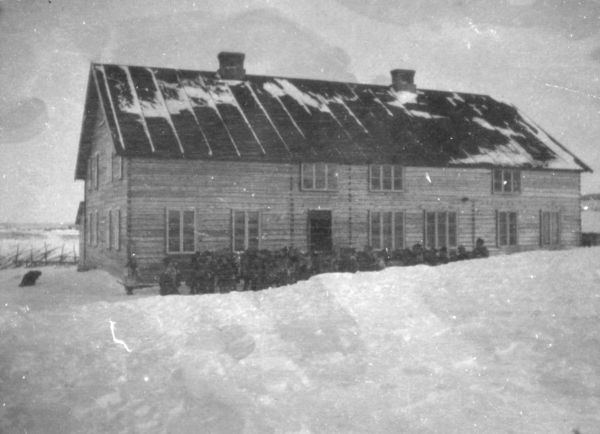 |
Kautokeino boarding school (Photo: Bernt Thomassen / The photo collection of Ulf Jacobsen) |
The resistance to mandatory lower secondary school was also expressed in the fact that many pupils had great absences or did not come to school at all. In 1957 the municipal director of schools in Kautokeino gave an account on how many pupils who had not come to mandatory lower secondary school and wrote:
«It should be sent a summons to each and all of the pupils who are to meet in the winter course, might as well with threats about fines to the parents who have proved to be neglecting the school before. That is to say the great majority from Masi school district.» (SSH2)
Here you find all the articles in the series:
28.09.2007 Why Sami school history?
05.10.2007 Boundless ignorance
12.10.2007 Southerner-teachers encounter the Sami language
19.10.2007 The start of Sami beginner instruction
26.10.2007 The start of education in reindeer-herding
02.11.2007 From Sami to Norwegian vocational training
16.11.2007 Struggle for Sami gymnasium
28.11.2007 School experiences of Norwegian speaking Samis
14.12.2007 Resistence against Sami language and culture
25.01.2008 A strange world
23.05.2009 On Sami teachers
30.05.2009 Life in boarding school
06.06.2009 Sami pupils were bullied
13.06.2009 Sami content in the teaching
20.06.2009 Pupil as interpreter
04.07.2009 How the children quit speaking Sami
10.09.2010 God does not understand Sami
08.10.2010 The point of view of the Norwegianizers
13.10.2010 Men of the church defending the Sami language
02.12.2010 Sami teachers in old times
09.12.2010 Boarding school life in old times
18.12.2010 Sami pupils in special schools
14.01.2012 The parents' struggle for Sami education
21.01.2012 Reluctance and absence
28.01.2012 The school during the war
04.02.2012 Reconstruction and barrack schools
11.02.2012 Curriculums - for Norwegianization and for Sami school
18.02.2012 The great struggle of the curriculum
Sami school history 1
Sami school history 2
Sami school history 3
Sami school history 4
Sami school history 5
Sami school history - main page